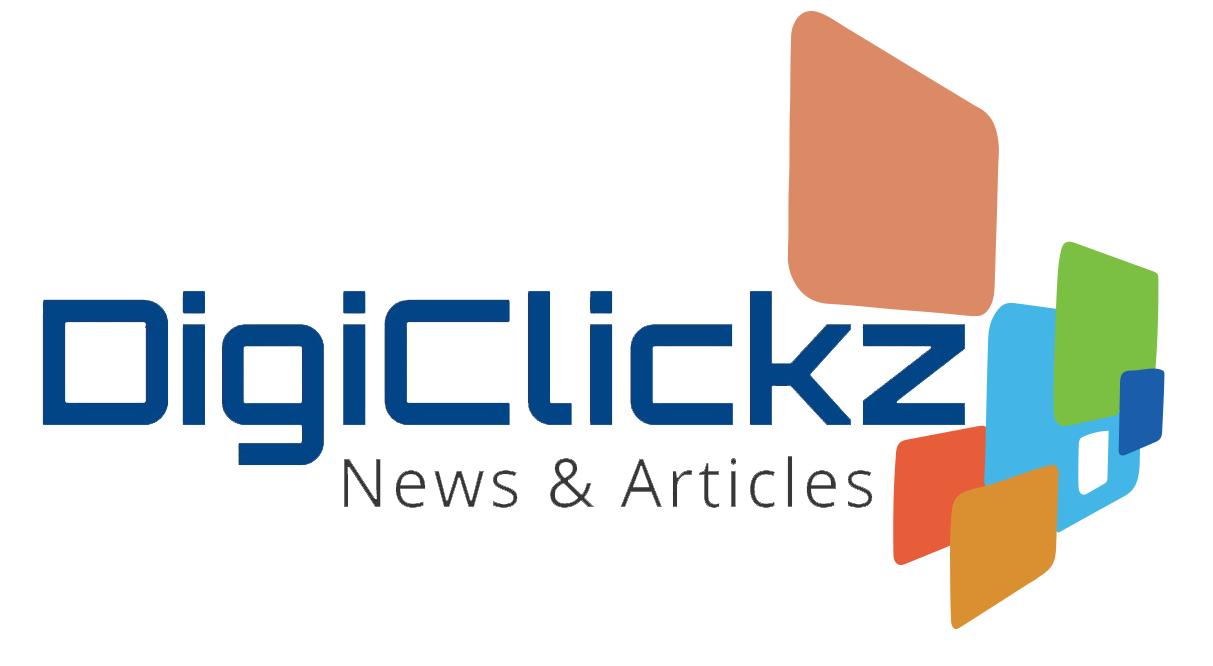According to data recently released by the Interactive Advertising Bureau, digital advertising revenue in the U.S. increased by 20% in the past year. This puts the American digital ad revenue at a record of $72.5 billion.
Unfortunately for smaller companies, the vast majority of online advertising revenue is coming from tech giants Google and Facebook.
The duopoly of the digital advertising industry
Because the specific ad-only revenues of Facebook and Google aren’t disclosed, the exact calculations of revenue aren’t available. However, Jason Kint of Digital Content Next, a publishing industry trade group, reported in June 2016 that Google and Facebook accounted for a grand total of 89% of the digital ad growth.
Additional calculations made by Pivotal Research analyst Brian Wieser indicate that the percentage of digital ad growth consumed by Google and Facebook may very well be closer to 99%.
In either case, Google and Facebook together are proving to be a concern for the U.S. digital ad market. With Google and Facebook out of the picture of beneficial growth, Wieser said, “the average growth rate for every other company in the sector was close to 0.”
The digital advertising industry controls much of what Internet users see online, which is what helped spur what’s been called the fake news crisis. Both Facebook and Google were allegedly used by a propaganda group called Internet Research Agency based in St. Petersburg to place various fake news articles around Facebook news feeds and above YouTube channel videos.
The power these two tech giants have is reflected in the fact that many marketing agencies are still reluctant to pull their advertising from Facebook and Google despite questions of brand safety, credibility, and ad placement.
Facebook has been investing recently in video content for both Facebook and Instagram. The company has also been working to increase revenue based on its messaging apps, which are currently the most popular messaging platforms internationally with WhatsApp hosting up to 1 billion users every day and Facebook Messenger hosting 1.2 billion users every month.
What’s more is that Facebook’s ad spots have been increasing in price despite the lack of ad placement options. “As Facebook’s ad inventory becomes more constrained,” said Jan Dawson, a principal analyst at Jackdaw Research, “the price of ad slots on Facebook is going up.”
Content Source: SearchEngineWatch.com




